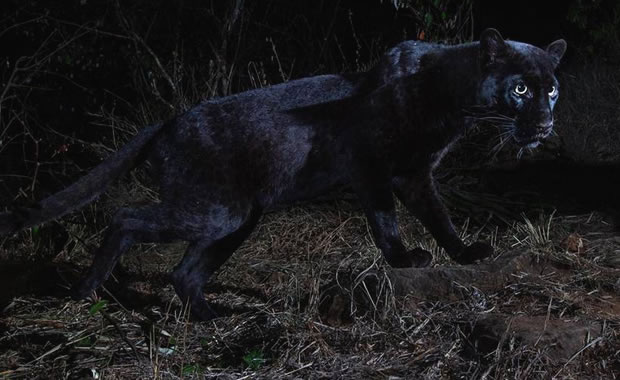Creature Profile
The Buff-breasted Sandpiper is a species of concern from the animal class Aves and family Scolopacidae. It weighs up to 2.1 ounces and is around 17.7 inches long. Buff-breasted Sandpiper is a medium-sized shorebird that has a pale orange-brown colored face. It has long greenish-yellow legs and a long straight bill. Its body is pale brown in color and is beautifully spotted with black. The crown on its head possesses black streaks that run down to the back parts of the neck and all over the back to the tail. These streaks give it an appearance of scales that overlap each other on the dorsal region. The sides of its head and body are generally pale brown in color while the undersides are more of cream than pale brown in color. Young are generally lighter in color than the older individuals of this species.
Buff-breasted Sandpiper feeds on food items such as; small insects, seeds, earthworms, and larvae among others. It uses habitats such as grasslands, high arctic that has tundra that is well drained, areas with scant vegetation, pampas grasslands, short grass habitats, wetlands, and agricultural lands. The Buff-breasted Sandpiper is a full migrant. Breeding is through a lek mating system in which potent males gather together on the same area usually in a display ground and try to attract any visiting females. Attraction is done by lifting a wing thereby displaying the bright white part of the under-wing plumage. More than a single visiting female leads to the males lifting both wings and shaking their bodies as they are utter short calls with their bills angled up in the air. A male may mate with more than one female. Females lay up to 4 eggs after mating which she then incubates for around 21 days. Chicks leave the nest from around the 12th hour since hatching to forage for themselves.
The Buff-breasted Sandpiper is adversely affected by factors such as loss and degradation of their breeding habitats, contamination of their environs, destruction of grassland habitats, over-hunting, and exposure to harmful chemicals. It is listed in the CMS Appendix I and II. Other conservation actions include intensive management and conservation of its habitats in some countries, conduction of researches to study it in several aspects of its existence including its breeding and migration, and conduction of several symposia to discuss on the Buff-breasted Sandpiper. This species population size was thought to be near some few millions. However, currently only about 56,000 to 78,000 individuals exist. Despite the conservation measures on board, this species has not yet recovered from extinction.
Wikipedia Article

|
Wikipedia Article Copyright Notice: This article is licensed under the GNU Free Documentation License. It uses material from the Wikipedia article "Buff-breasted sandpiper". |
March 10, 2023
Glenn, C. R. 2006. "Earth's Endangered Creatures - Buff-breasted Sandpiper Facts" (Online). Accessed 7/26/2024 at http://earthsendangered.com/profile.asp?sp=13818&ID=9.
Need more Buff-breasted Sandpiper facts?



